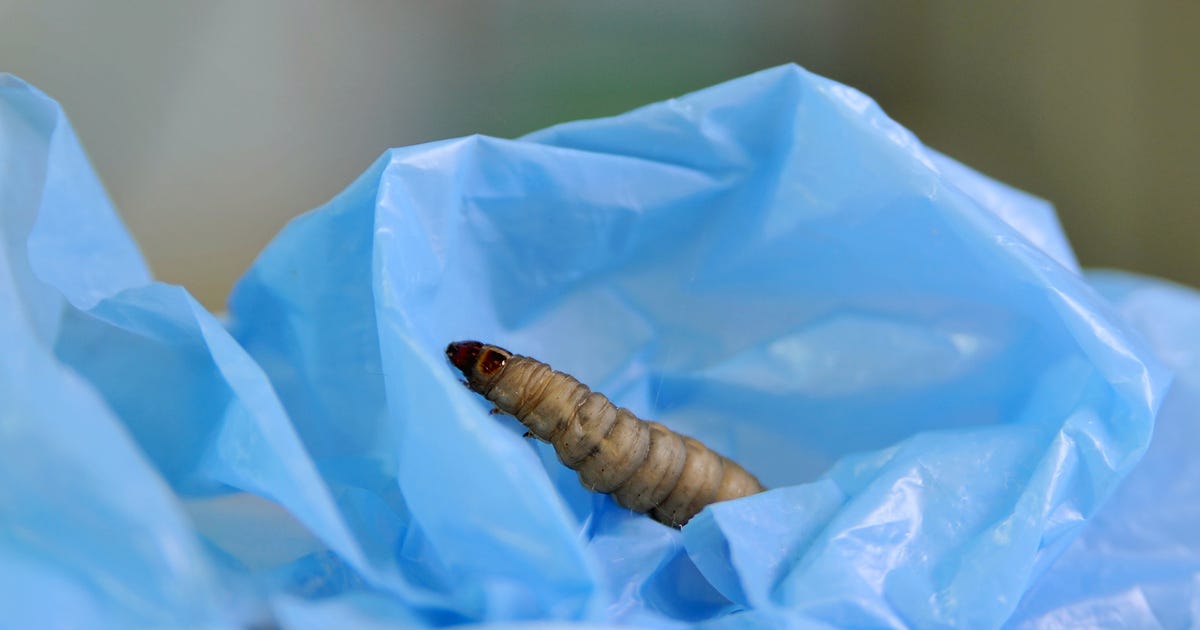

Articles
How To Store Wax Worms
Modified: May 6, 2024
Learn how to properly store wax worms with our informative articles. Discover the best methods to keep wax worms fresh and healthy, ensuring they're always ready as bait for fishing adventures.
(Many of the links in this article redirect to a specific reviewed product. Your purchase of these products through affiliate links helps to generate commission for Storables.com, at no extra cost. Learn more)
Introduction
Whether you are an angler looking for the best fishing bait or a reptile enthusiast in need of live feeders, wax worms are a popular choice. These small, soft-bodied larvae of wax moths (Galleria mellonella) offer various benefits for both fishing and reptile keeping. However, to ensure their quality and longevity, it is important to store wax worms properly.
In this article, we will explore the best practices and tips for storing wax worms. From choosing the right container to creating an ideal environment, we will cover everything you need to know to keep your wax worms healthy and lively.
Let’s dive in!
Key Takeaways:
- Proper storage of wax worms is crucial for maintaining their health and vitality, whether for reptile feeding or fishing bait. Choosing the right container, creating the perfect environment, and providing proper ventilation are key factors for their well-being.
- Wax worms offer a range of benefits, from being high in fat and easy to digest for reptiles to being irresistible bait for fish. By following proper storage practices and maintenance, you can ensure their longevity and quality for various uses.
Read more: How To Store Live Worms
Benefits of Wax Worms
Wax worms are highly valued for their nutritional value and attractive characteristics. Here are some key benefits of using wax worms:
- High in Fat: Wax worms are known for their high-fat content, making them an excellent source of energy for reptiles and birds. This makes them a favored feeder for animals that require a higher fat intake.
- Soft-Bodied: Unlike other feeder insects like crickets or mealworms, wax worms have a soft exoskeleton, making them easier for reptiles and birds to consume. This makes them an ideal choice for animals with smaller jaws or weaker feeding capabilities.
- Irresistible to Fish: Anglers often choose wax worms as bait due to their enticing scent and movement in the water. Fish, especially panfish and trout, find the wiggling action of a live wax worm irresistible.
- Easy to Digest: Due to their soft bodies, wax worms are easy for reptiles to digest, making them a suitable option for animals with sensitive digestive systems or those recovering from illness or injury.
- High in Calcium: Wax worms are rich in calcium, which is essential for reptiles’ bone health and for preventing metabolic bone diseases. They can be used as a calcium-rich supplement to a reptile’s regular diet.
- Durable Storage: When stored properly, wax worms have a relatively long shelf life, making it convenient to have a batch on hand for reptile feeding or fishing trips.
Considering these benefits, it’s no wonder that wax worms are a popular choice for reptile keepers and anglers alike!
Choosing the Right Container
Proper storage begins with selecting the right container for your wax worms. Here are a few factors to consider:
- Airtightness: Opt for a container that is airtight or has a secure lid to prevent the escape of worms and to maintain humidity levels.
- Size: Choose a container that provides enough space for the number of wax worms you plan to store. Avoid overcrowding, as it can lead to stress, cannibalism, and reduction in lifespan.
- Material: Plastic containers are commonly used due to their durability and ease of cleaning. Look for containers made of food-grade plastic that do not release any harmful chemicals.
- Transparency: It is helpful to have a transparent or translucent container to easily monitor the condition of the worms without needing to open the lid.
- Accessibility: Consider a container with multiple access points, such as small ventilation holes or a removable lid, to conveniently remove worms when needed.
Remember, the container you choose should provide a secure and comfortable environment for the wax worms while allowing you to monitor their condition easily.
Creating the Perfect Environment
Creating an optimal environment is crucial to ensuring the well-being and longevity of your wax worms. Here are some key factors to consider:
- Substrate: Line the bottom of the container with a suitable substrate. A common choice is wheat bran or oatmeal, which provides a food source and helps absorb excess moisture. This substrate also serves as a medium for the wax worms to burrow and pupate.
- Moisture: Maintaining proper moisture levels is essential for the health of the wax worms. The substrate should be slightly moist but not overly wet. Check the moisture levels regularly and adjust as needed by misting the substrate with water.
- Lighting: Wax worms do not require any specific lighting conditions. In fact, they prefer dark environments. Avoid exposing them to direct sunlight or intense artificial lighting, as it can cause stress and negatively impact their development.
- Noise and Vibration: Keep the container in a quiet and undisturbed area to prevent unnecessary stress to the wax worms. Noise and constant vibration can disrupt their feeding and growth patterns.
- Hygiene: Regularly clean the container and remove any dead worms or leftover food. Maintaining cleanliness helps prevent the growth of mold, bacteria, and unpleasant odors that can harm the wax worms.
By creating a suitable environment, you are setting the foundation for healthy and thriving wax worms.
Temperature and Humidity Control
Proper temperature and humidity control is crucial for maintaining the health and vitality of your wax worms. Here are some guidelines to follow:
- Temperature: Wax worms thrive in temperatures ranging from 65°F to 85°F (18°C to 29°C). It is important to keep the container within this temperature range to ensure optimal growth and development. Avoid extreme temperature fluctuations, as it can stress the worms and affect their lifespan.
- Humidity: Wax worms prefer a relatively high humidity level of 60% to 70%. This can be achieved by misting the substrate with water or adding a small water dish inside the container. Monitor the humidity levels regularly using a hygrometer and make adjustments as necessary.
- Avoid Condensation: While wax worms thrive in a humid environment, excessive condensation can lead to the growth of mold and fungi, which can be harmful to the worms. Ensure proper ventilation and adequate airflow to prevent excessive condensation.
- Seasonal Considerations: During colder winter months, you may need to provide additional heat sources such as a heat pad or heat lamp to maintain the desired temperature. Conversely, during hot summers, extra attention may be needed to keep the container from becoming too warm.
- Monitor Regularly: Regularly check the temperature and humidity levels in the container to ensure they remain within the appropriate range. Make any necessary adjustments to maintain a stable and comfortable environment for the wax worms.
By carefully controlling the temperature and humidity, you can provide the ideal conditions for your wax worms to thrive.
Store wax worms in a well-ventilated container with a lid, lined with paper towels. Keep them at 55-60°F to slow their metabolism and extend their shelf life. Check them regularly for mold and remove any dead worms.
Read more: How To Store Meal Worms
Providing Proper Ventilation
Proper ventilation is essential for maintaining a healthy environment for your wax worms. Here are some important considerations:
- Adequate Airflow: Wax worms require sufficient fresh air circulation to prevent the buildup of excess humidity and to ensure proper oxygen levels. This can be achieved by providing small ventilation holes in the container or using a mesh lid to allow for air exchange.
- Avoid Overcrowding: Overcrowding can lead to reduced airflow and increased moisture levels, which can negatively impact the health of the worms. Ensure that the container has enough space for the worms and that they are not packed tightly together.
- Monitor Ventilation: Regularly check the ventilation holes or mesh to ensure they are not blocked or obstructed. Clear any debris or contaminants that may interfere with the airflow.
- Balance Airflow and Moisture: While ventilation is important, it is equally crucial to find a balance between airflow and maintaining proper humidity levels. Ensure that the container is well-ventilated but not excessively drafty, as too much airflow can dry out the substrate and harm the worms.
- Prevent Pest Infestations: Proper ventilation also helps to deter pests, such as mites or fruit flies, from infesting the container. These pests can pose a threat to the wax worms and compromise their health.
By providing adequate ventilation, you can create a comfortable and healthy environment for your wax worms, promoting their overall well-being.
Feeding Wax Worms
Feeding your wax worms a nutritious diet is essential for their growth and overall health. Here are some guidelines to follow:
- Worm Food: Wax worms feed primarily on beeswax, hence their name. However, in captivity, they can be fed a diet of various foods, including a mixture of honey and wheat bran or oatmeal. This provides them with the necessary nutrients.
- Frequency: Feed your wax worms every few days, providing enough food to sustain them but avoiding overfeeding. Remember, uneaten food can spoil and lead to bacterial growth, so only offer what they can consume within a day or two.
- Remove Spoiled Food: Regularly remove any uneaten or spoiled food from the container to maintain cleanliness and prevent contamination. This helps to prevent the development of mold or bacteria, which can harm the worms.
- Provide Moisture: Wax worms derive a significant amount of moisture from their food. Ensure that the food mixture is slightly moist to help them stay hydrated. Check the moisture levels regularly and adjust as needed.
- Supplementation: To enhance the nutritional value of the wax worms, you can supplement their diet with calcium powder or other supplements suitable for the animals that will be consuming them.
By providing a balanced and nutritious diet, you can support the health and well-being of your wax worms, ensuring that they are a valuable food source or bait for your intended purpose.
Storage Duration and Maintenance
Proper storage duration and maintenance are important to ensure the longevity and quality of your wax worms. Here are some guidelines to follow:
- Storage Duration: Wax worms can typically be stored for several weeks if the appropriate conditions are maintained. However, it is recommended to use them within 2-3 weeks to ensure their freshness and vitality.
- Regular Inspection: Regularly inspect the container to check for any signs of mold, bacteria, or dead worms. Remove any contaminated or deceased worms promptly to prevent the spreading of infections and maintain a healthy environment.
- Temperature Check: Regularly monitor the temperature of the storage area to ensure it remains within the ideal range for wax worms. Fluctuations or extreme temperatures can stress or harm the worms, affecting their quality.
- Hygiene Maintenance: Clean the container periodically to remove any built-up waste, mold, or residue. Replace the substrate if it becomes excessively soiled. Maintaining cleanliness prevents the growth of harmful bacteria or parasites.
- Rotation: If you have a large quantity of wax worms, consider using a rotation system. Utilize older stock first, ensuring that you rotate through your supply to maintain the quality and freshness of the worms.
By following these practices, you can extend the storage duration of your wax worms while maintaining their health and quality.
Using Wax Worms as Fishing Bait
Wax worms are highly effective as fishing bait, particularly for targeting panfish and trout. Here are some tips for using wax worms as bait:
- Rigging: Use a small fishing hook appropriate for the size of the wax worm. Thread the worm onto the hook, being careful not to damage its delicate body. Make sure the hook is securely embedded in the worm to prevent it from being easily dislodged by fish.
- Presenting the Bait: Wax worms can be presented in various ways, depending on the fishing technique and the targeted fish species. For example, if you are fishing with a bobber or float, suspend the worm just above the desired depth. If bottom fishing, allow the worm to rest on or near the bottom to attract bottom-feeding fish.
- Accessories: Consider using additional fishing accessories to enhance the effectiveness of wax worms as bait. For example, adding a small piece of split shot weight can help sink the bait to the desired depth. You can also use a scent attractant or apply fish attractant to the wax worm to make it even more enticing to fish.
- Techniques: Experiment with different fishing techniques to maximize your success. This can include slow and gentle retrieves, jigging motions, or even dead-drifting the worm in a natural current. Pay attention to the fish’s behavior and adjust your approach accordingly.
- Patience and Observation: Fishing with wax worms requires patience and keen observation. Keep an eye on your line for any subtle movements or bites. When you feel a nibble or see any indication of a fish striking, set the hook gently but firmly to secure your catch.
Wax worms provide a realistic and attractive presentation that can entice a wide range of fish species. Experiment with different techniques and be prepared for some exciting fishing action!
Read more: How To Store Fishing Worms
Conclusion
Properly storing wax worms is essential for their longevity, health, and effectiveness as live feeders or fishing bait. By following the guidelines outlined in this article, you can ensure that your wax worms remain in optimal condition:
Start by choosing the right container that provides adequate space, airtightness, and accessibility. Create the perfect environment by using suitable substrate, maintaining proper temperature and humidity levels, and ensuring proper ventilation.
Feeding your wax worms a nutritious diet, removing any spoiled food, and providing moisture are crucial for their well-being. Regularly inspecting the container, monitoring the temperature, and maintaining hygiene help to prevent mold, bacteria, and contamination.
Additionally, wax worms have various benefits, from being high in fat and easy to digest for reptiles to being an irresistible bait for fish. They are a valuable resource for reptile keepers and anglers alike.
With proper storage duration and maintenance, you can extend the shelf life of wax worms while maintaining their quality. Regularly inspecting the container, maintaining the correct temperature, and practicing good hygiene ensure their long-term viability.
Finally, when using wax worms as fishing bait, rig the worms properly, present them effectively, and consider using additional accessories to enhance their attractiveness. By being patient, observant, and employing different techniques, you can increase your chances of success on the water.
By implementing these strategies, you will be able to store and utilize wax worms optimally, whether for reptile keeping or angling purposes. The quality and vitality of your wax worms will be ensured, providing you with a reliable and valuable resource.
Remember, the care and attention you put into storing wax worms will be rewarded with healthy, lively worms that will serve as excellent feeders or bait. So, go ahead and provide your reptiles or reel in the big catch with confidence!
Now that you've got the scoop on storing wax worms effectively, why not broaden your expertise with some savvy tips on keeping your pet's meals fresh and safe? Our guide on pet food storage offers a wealth of practical advice on containers that preserve freshness, and strategies to extend the shelf life of your pet's favorite snacks. Dive into this essential read and ensure every meal is as nutritious and appealing as intended.
Frequently Asked Questions about How To Store Wax Worms
Was this page helpful?
At Storables.com, we guarantee accurate and reliable information. Our content, validated by Expert Board Contributors, is crafted following stringent Editorial Policies. We're committed to providing you with well-researched, expert-backed insights for all your informational needs.
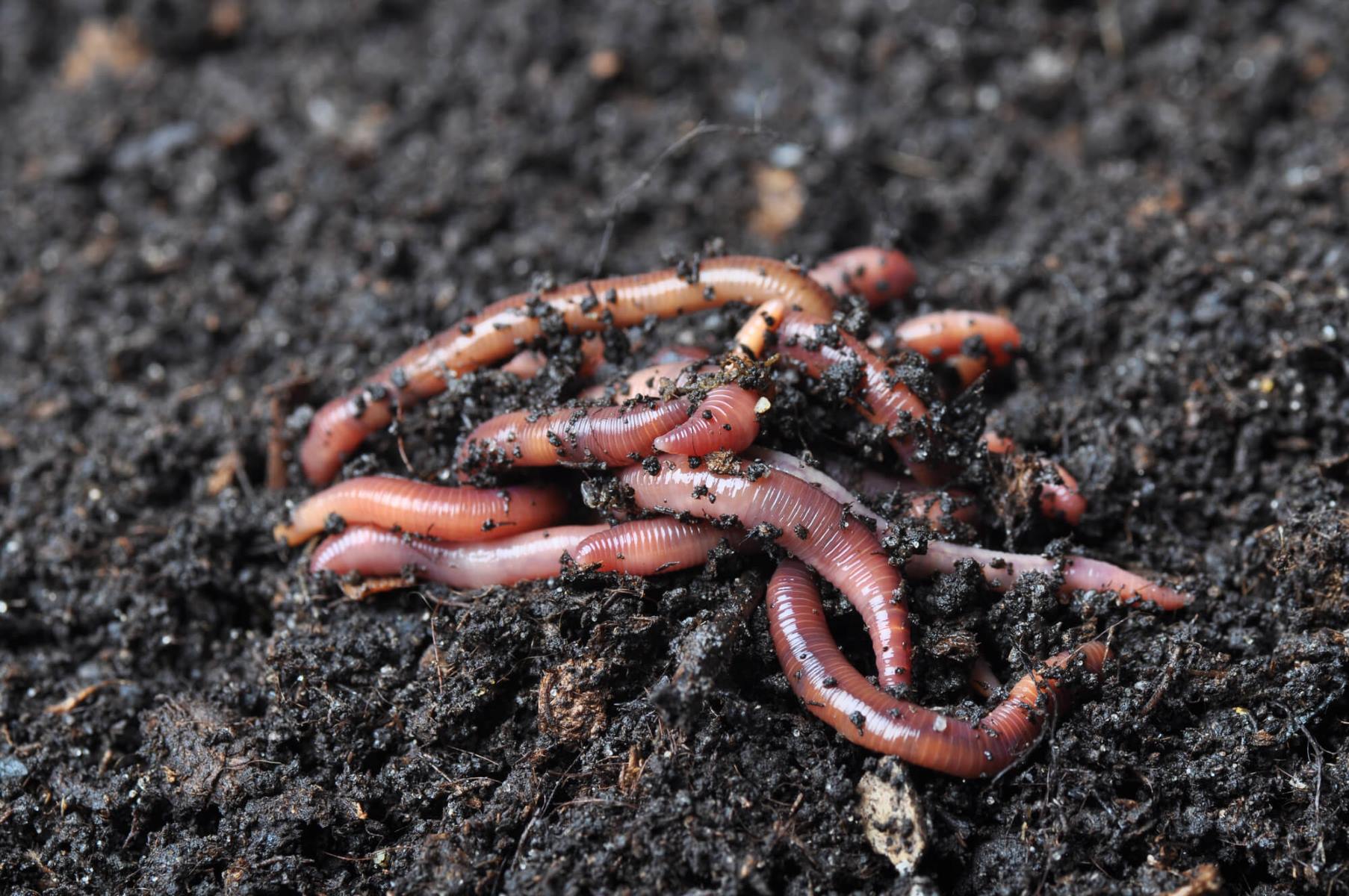
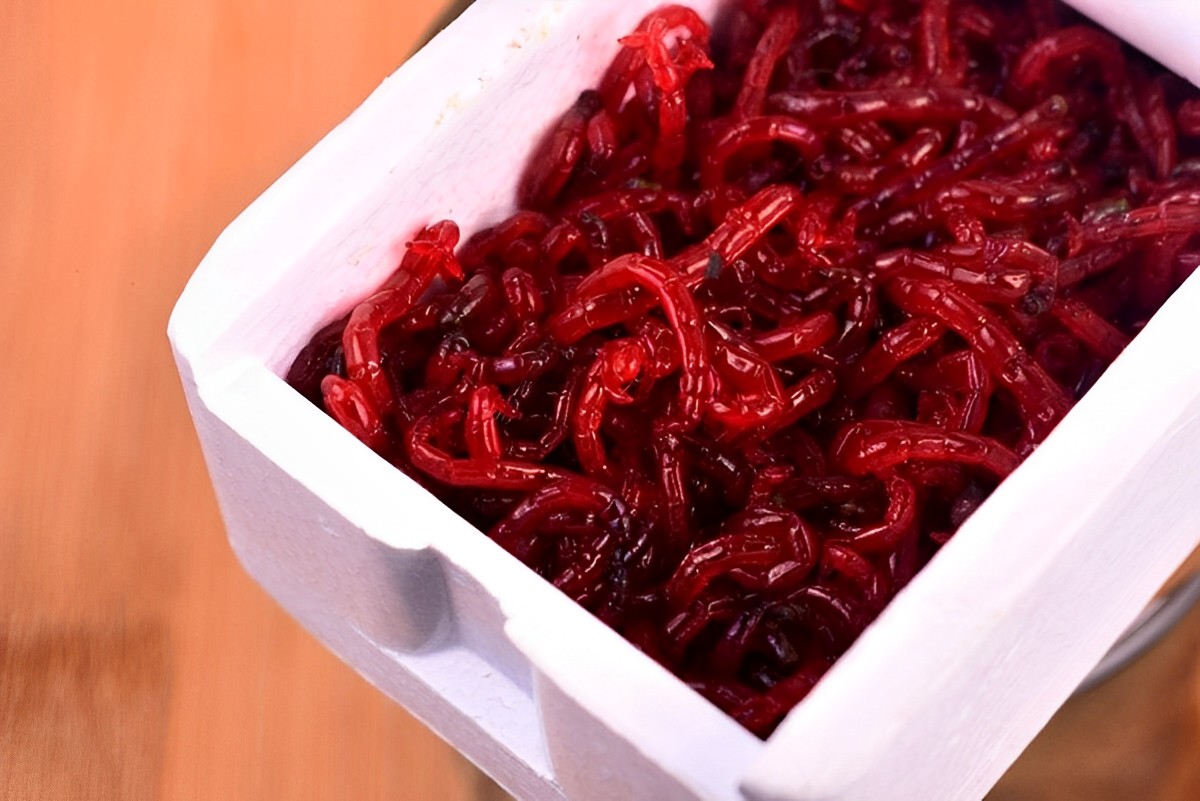



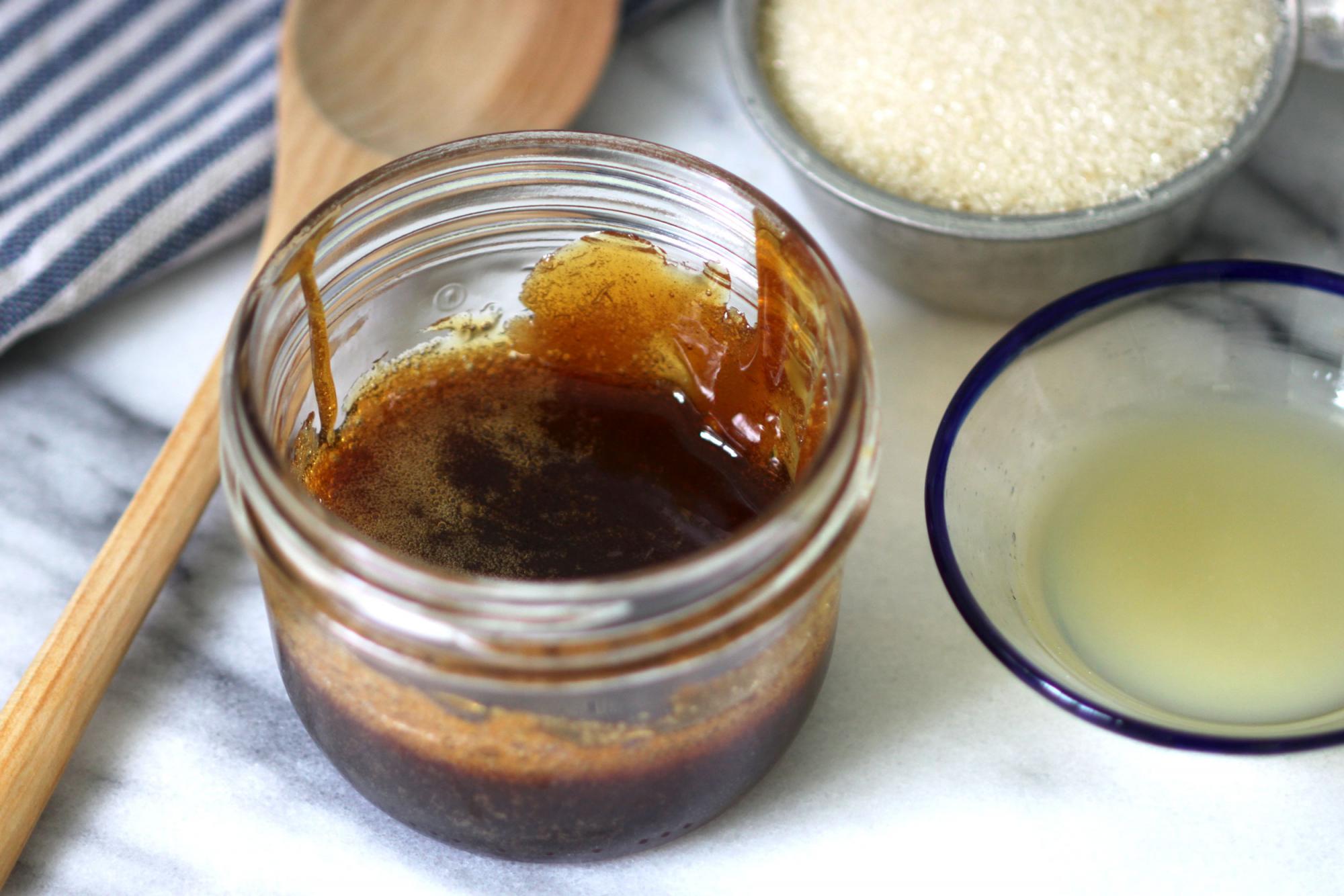


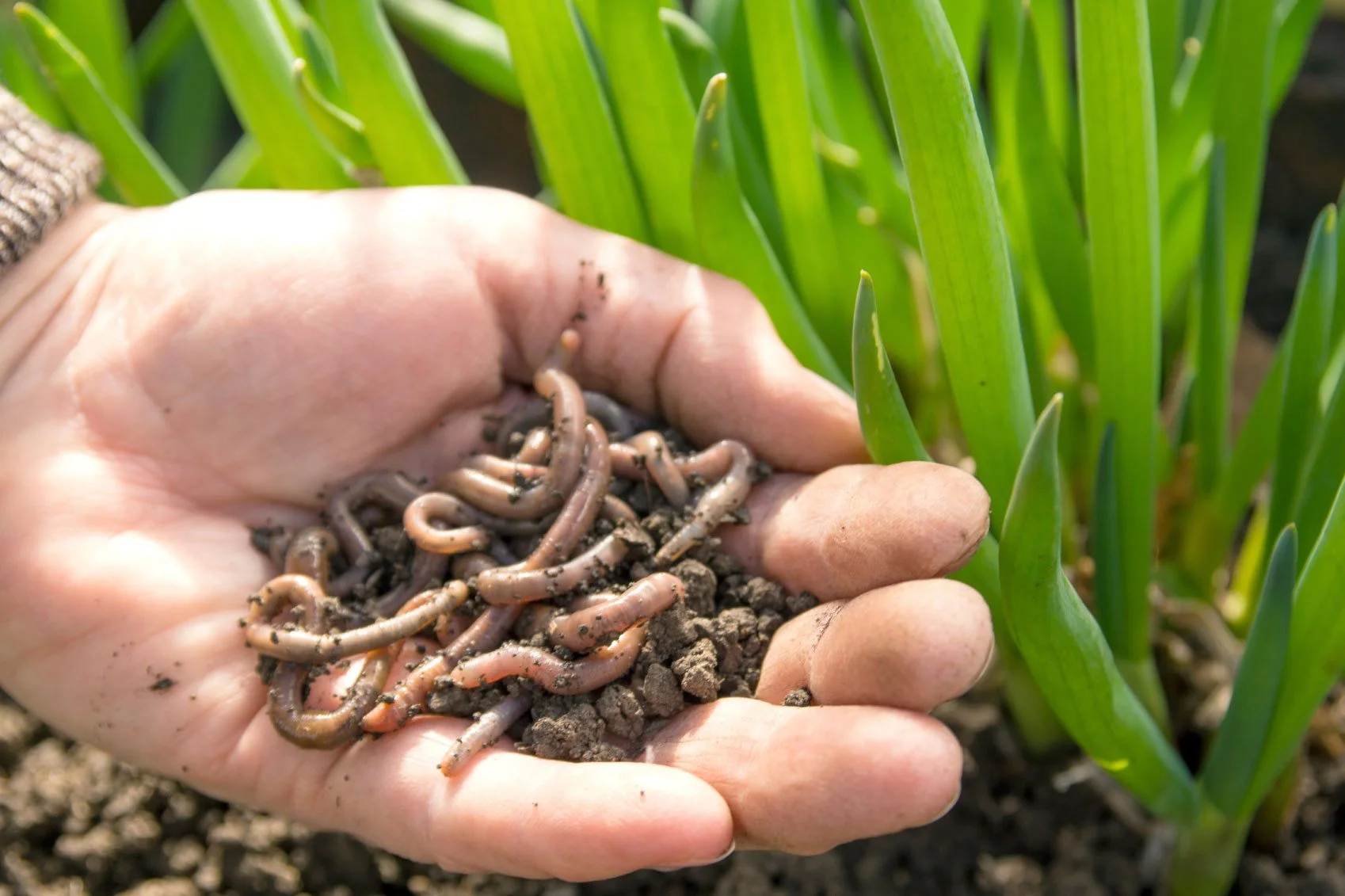

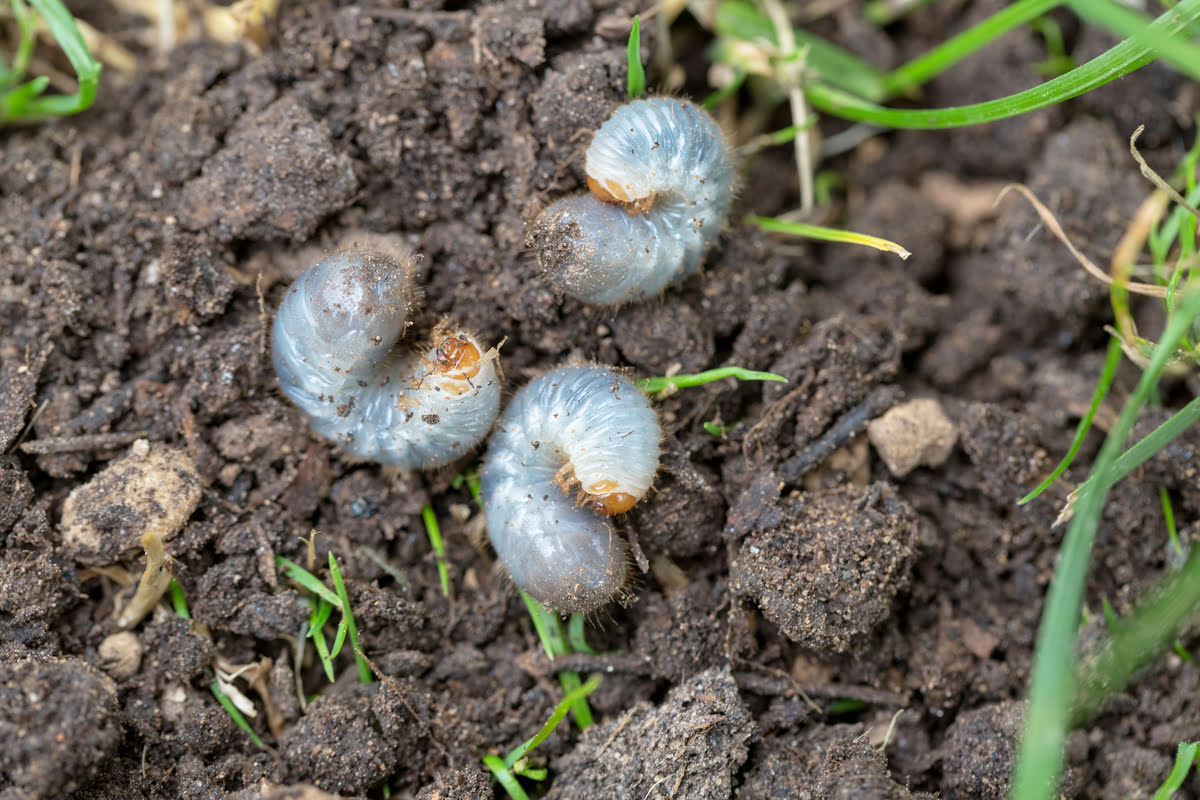
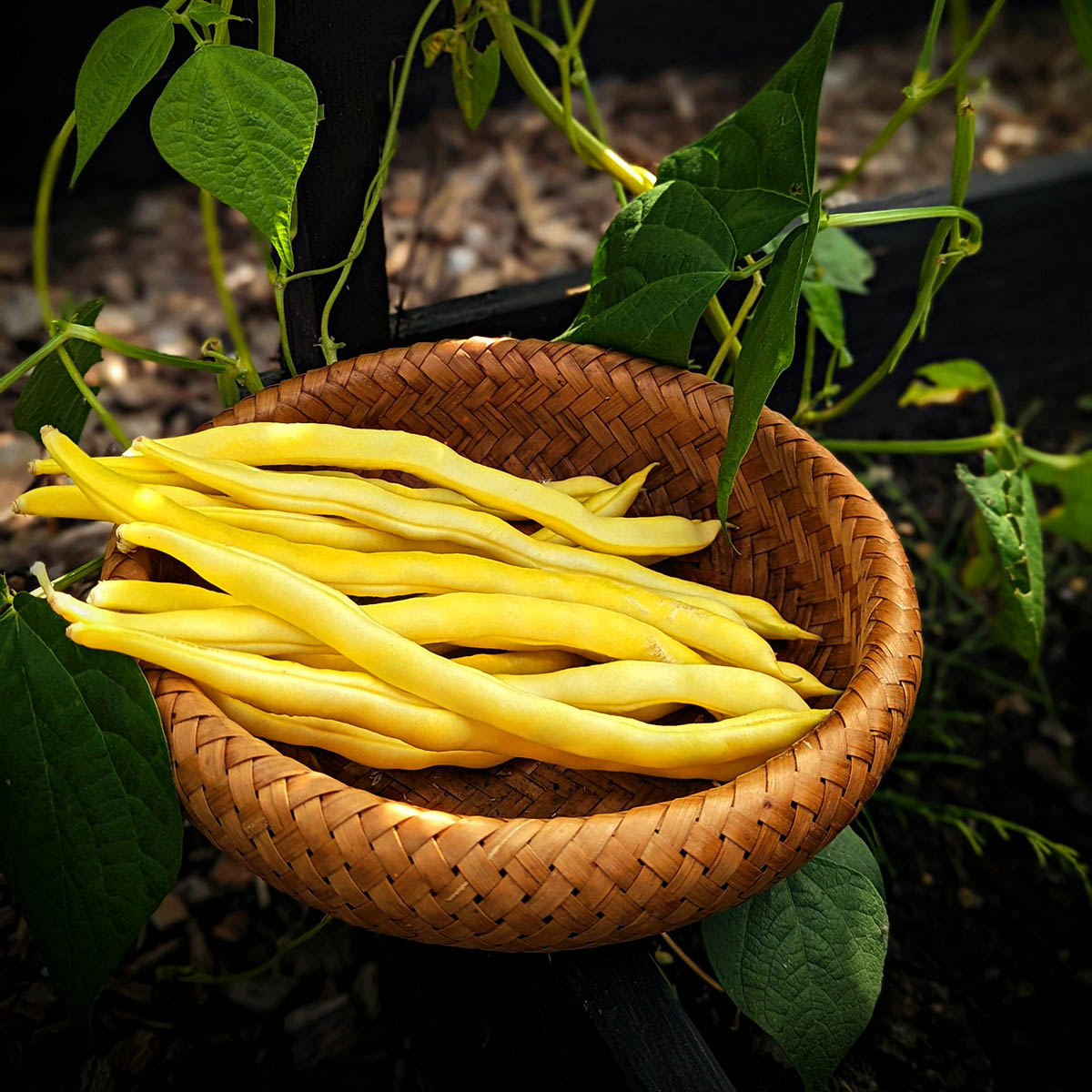


0 thoughts on “How To Store Wax Worms”